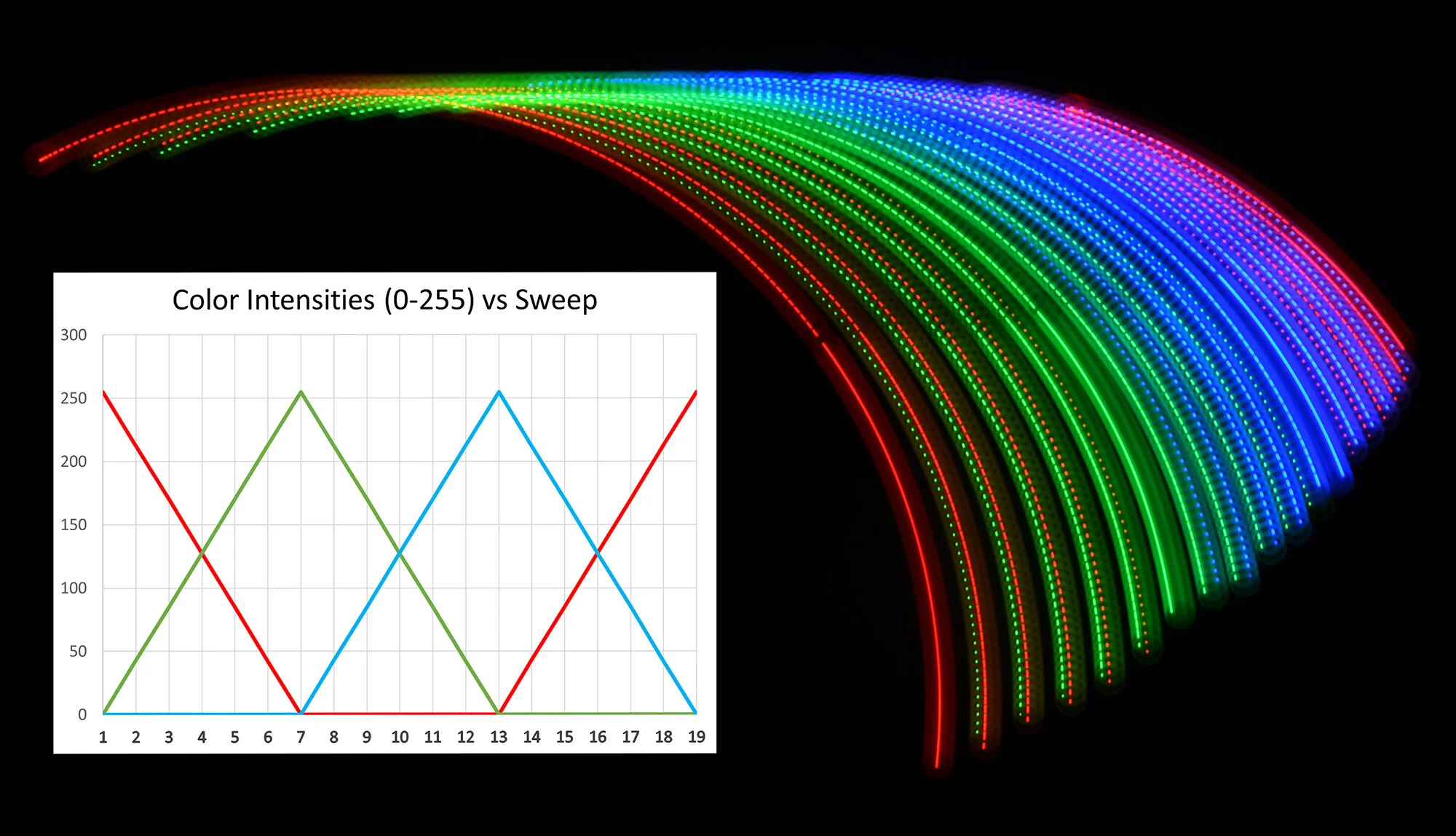
Cameras today emulate the light-capturing RGB (red-green-blue) anatomy and physiology of the human retina. Future cameras might instead bypass the intermediate functioning of the retina and capture color data directly in a form more closely related to the data which actually reaches the human brain. Ewald Hering outlined the necessary theory in 1892, and technology to utilize his theory is now within reach.
For more about the theory click here, or scroll down for more details about how the camera which might make RGB obsolete.
Cameras can change
Image processing software such as Adobe Photoshop already offers the option to work with images using the “gold standard” for color, based on Hering’s Opposition Process Theory. There is no fundamental reason cameras cannot bypass the intermediate steps in the retina and capture brain-ready L*a*b* data directly.
Current cameras use a Bayer array of RGB (red, green, blue) filters over an array of gray-scale sensors to make each sensor replicate the sensitivity of a human cone cell. There are twice as many green filters as red ones to make things fit physically and to reflect the fact the human eye is most sensitive to greenish light. Hering’s L*a*b* system relies on comparison’s of colors, more than intensity. A Hering filter array could simply replace Bayer’s extra green filters with yellow filters.
Both arrays require calculations
The Bayer system measures only one color intensity per pixel, but assigns three values—red, green and blue—to each one. The measured value of the red pixel at right is supplemented with average blue and green values from adjacent pixels Data from up to 9 pixels is used to estimate the RGB values for each pixel, decreasing the spatial resolution.
An L*a*b* system compares red to green to evaluate a* and compares yellow to blue to evaluate b*. It can also evaluate overall brightness, L*, by summing the same 4 pixels. Equivalent L*a*b* data can be obtained for each intersection point, possibly yielding both better color quality and better spatial resolution.
There was a Hering-based TV, but….
Sharp produced and marketed a Quattron TV which added yellow as a fourth pixel element. The screen’s light emitters, however, remained only red, green and blue. A yellow filter transmitted additional light from the red and green emitters. Even if the TV had included a yellow emitter, there were still serious limitations for the product:
There was no reservoir of TV programming available in 4-color format, and
The images produced by the screen still had to pass through the human retina which has just three types of cone cells.
Application Beyond the Visible Range
Cameras are most often used to produce images that replicate visible colors, but not always. Photographic artists, forensic experts, art restorers, biologists, geologists, quality control technicians, the military, and even home insulators are among those with an interest in capturing images that include infrared or ultraviolet (UV) light. Some application use highly specialized sensors, but many use standard RGB cameras that have been modified. The primary modification to capture infrared is removal of the standard infrared filter. Capturing UV usually requires specialized lens. The market for these modified cameras is relatively small in number of sales, but tends toward higher priced cameras. Workers in these areas already tend to use L*a*b* processing to work with their images, and they might be early adopters of Hering-based cameras. (Thanks to Jonathan Ross Ireland for pointing out the importance of wide-spectrum imaging.)
Image: © Aleksandar Viskovic | Dreamstime.com
Will RGB digital cameras really become obsolete?????
Maybe, maybe not. A new system based on Hering’s Opposition Theory of Color Vision or on some other science MIGHT yield better colors and higher resolution and it MIGHT be particularly attractive to photographers with special artistic or technical requirements. It might also be a technical failure or a commercial non-starter. In a world that spends tens of billions of dollars each year on digital imaging equipment, however, it is extremely likely that both the big manufacturers and some small startup companies are considering the same possibilities offered here by a retired physics teacher. If A Hoosier Scientist can imagine these possibilities, what can you imagine? It’s a question worth considering.




